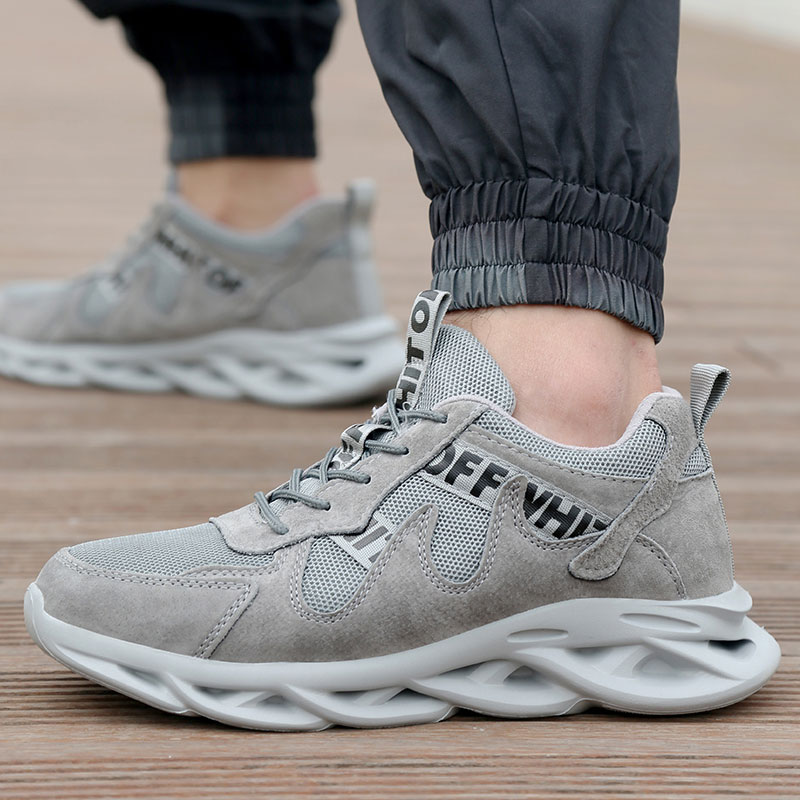
## Work Shoes: Key Protective Features and Safety Standards
In workplace safety, labor protection shoes—commonly referred to as work shoes or safety shoes—serve as critical protective equipment. Among their essential functions, **anti-smashing** and **anti-slip capabilities** are paramount for preventing injuries. These features are rigorously standardized to ensure worker protection across hazardous environments.
### The Critical Anti-Smashing Function
The **anti-smashing capability** is fundamental to safety footwear. In construction, manufacturing, and heavy industry settings, falling objects pose constant threats. Safety shoes integrate protective toe caps—typically crafted from steel or composite materials—engineered to absorb impact and resist compression forces.
Consider these real-world applications:
– Construction workers face risks from falling bricks, tools, or debris
– Manufacturing personnel encounter heavy machinery components
– Warehouse staff handle dropped inventory or equipment
Without adequate toe protection, impacts can cause fractures, crush injuries, or amputations. Certified safety shoes distribute impact energy away from the foot, significantly reducing injury severity. This protection proves especially vital in **men’s labor protection shoes**, as male-dominated sectors frequently involve higher-impact hazards.
### Essential Anti-Slip Technology
The **anti-slip function** becomes critical in environments with slippery surfaces. Kitchens, manufacturing plants, and outdoor worksites present hazards from:
– Wet floors
– Oil or grease spills
– Icy or muddy terrain
Anti-slip safety shoes incorporate specialized technologies:
– High-friction rubber compounds
– Deep multidirectional tread patterns
– Channel designs that disperse liquids
– Chemical-resistant outsoles
These features maintain traction when conventional footwear would fail, preventing dangerous slips and falls. In food processing plants, for example, workers navigating wet floors experience significantly improved stability with proper anti-slip footwear.
### Compliance with Safety Standards
**Anti-smashing and anti-piercing labor protection shoes** must meet rigorous international and regional standards. Key regulations include:
| Standard | Region | Key Requirements |
|———|——–|—————–|
| GB21148-2020 | China | Impact resistance (200J), compression resistance (15kN), non-metallic toe caps |
| ASTM F2413 | USA | Impact (75 ft-lbs) and compression (2,500 lbs) ratings |
| ISO 20345 | Global | Minimum 200J impact protection, slip resistance testing |
When selecting safety footwear:
1. Verify certification marks from recognized testing bodies
2. Check material specifications (especially non-metallic toe caps)
3. Ensure workplace-specific hazard coverage
4. Confirm proper fit and comfort features
Workers should immediately report defective equipment to supervisors and replace non-compliant footwear. Regular safety audits help maintain protection standards.
### Conclusion
The **anti-smashing** and **anti-slip functions** in labor protection shoes represent non-negotiable safety requirements across industries. These specialized features—standardized under regulations like China’s GB21148-2020—directly prevent debilitating foot injuries. Employers must provide certified safety footwear appropriate for workplace hazards, while workers should diligently inspect their protective equipment. Consult safety officers to ensure your **work shoes** meet both regulatory requirements and job-specific protection needs.

发表回复